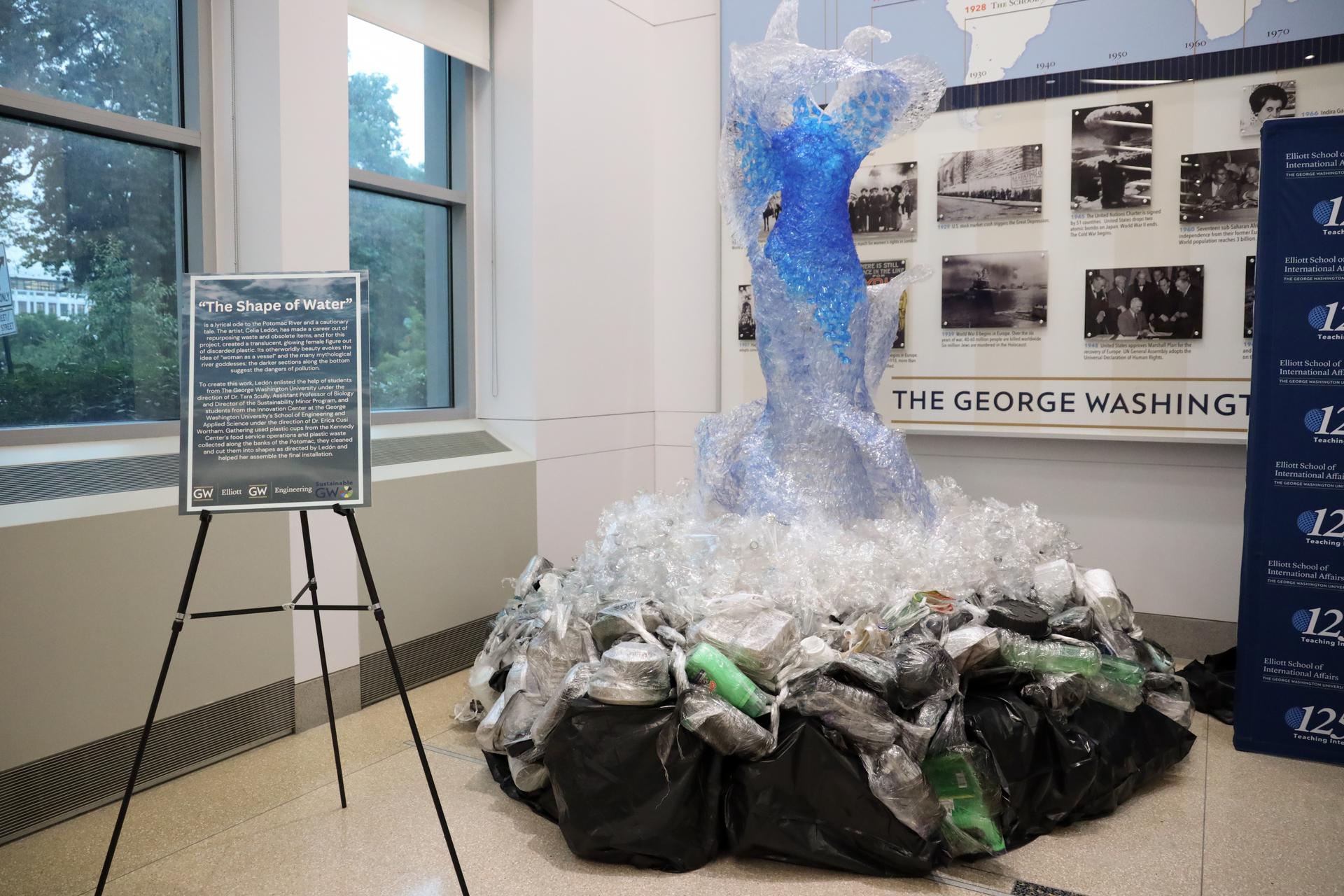Latinx youth who experience depression, anxiety or other mental health issues in middle school have a greater chance of developing sleep problems, unhealthy weight gain and sedentary behavior in high school, according to a study led by researchers at the George Washington University.
“The fact that we’re seeing these short-term increases in poor physical health by the time participants are in late adolescence is really concerning when we think about their adulthood trajectory,” said lead researcher Kathleen M. Roche, a professor of prevention and community health at GW’s Milken Institute School of Public Health.
Stress can manifest in this population as a variety of health risks established by an equally broad variety of causal pathways, Roche said. A teen who fears encounters with the police, for instance, is less likely to feel safe exercising in public. A teen with adult responsibilities at home, like caring for younger siblings, is less likely to have time for healthy extracurricular activities.
Addressing these issues early—whether through family, school counselors, health professionals or other resources in the community--may be powerfully preventive against their becoming more severe and harmful, Roche said.
“I am passionate about the idea that healthy child development can help prevent a host of problems,” she said, explaining that these may include costly and highly publicized issues like cancer and HIV, as well as antisocial behavior in adulthood. “I would like to see public health and the government invest in these early years and on strengthening communities, families, and kids to prevent these problems before they develop.”
The study, “Mental Health During Early Adolescence and Later Cardiometabolic Risk: A Prospective Study of US Latinx Youth,” was published Oct. 10 in the Journal of Adolescent Health. Elizabeth Vaquera, executive director of GW’s Cisneros Hispanic Leadership Institute, is a co-author.
Roche, Vaquera and their team have worked since 2018 with a cohort of 547 Latinx middle schoolers in suburban Atlanta, most of whom are United States citizens from immigrant families. The teens are surveyed on their experiences of societal stressors and on their diet, sleep patterns and physical activity; mental health symptoms like depression and anxiety; and prosocial behaviors and relationships, including with parents and at school.
During the years of President Donald Trump’s administration, when anti-immigrant rhetoric was particularly mainstream and inflammatory, the researchers found that children from immigrant families were strongly affected by risks facing their relatives and loved ones. Even if they themselves were U.S. citizens and therefore not at risk of deportation, threats of family separation inflicted a heavy mental burden, as Roche found in a study published in March 2020.
In the three years leading to this follow-up, she has watched her participants deal with the COVID-19 pandemic, which not only affected their schooling at a formative adolescent moment but also had a particularly devastating effect on the Latinx community.
While racially diverse, the Georgia county where Roche’s study is centered has seen only recent growth in its immigrant population, Roche said, meaning supports for Spanish-speaking populations are not always in place.
“We have been following these young people during a time of what I would consider unprecedentedly high levels of societal stress and adversity for Latino immigrant families,” Roche said. “Ten percent of the youth in our sample had a family member hospitalized during COVID, and half of them report that someone in their family lost a job or had their income reduced or their family had more financial problems. Those stressors, health problems, economic problems, increased the odds that youth—the teenagers themselves—had to take on more responsibility in the home.”
That responsibility might mean contributing financially or caring for younger siblings. In either case, Roche said, teens who were required to shoulder these extra responsibilities reported doing worse after a year, both in terms of their school performance and their mental health. Which means family closeness may be a bit of a double-edged sword, since close family relationships and a high degree of warmth and connection with a parent are also known to be protective factors during a child’s teenage years, Roche said.
In the next stages of the research, Roche and her team will study the biological markers of stress, like cortisol, using hair and saliva samples submitted by subjects.
“There’s an adolescent mental health crisis that is well known, and that crisis is elevated significantly for this population,” Roche said. “We hope to continue to follow these young people well into their mid-20s and to look at their career trajectories, their educational trajectories, and try to find out: What are the protective strengths that help buffer youth from this onslaught of environmental stress?”
Students taking the lead
Roche credits her colleague, Vaquera, and her undergraduate student project coordinators, Jacqueline Dioses and Annabelle Manzo, with much of the project’s successful data collection and refinement—and with helping maintain a long-term, mutually respectful relationship with the community of participants and their families.
“If we don't have a strong retention rate, our study is not worth anything,” Roche said. “They’re doing essential work.”
Dioses and Manzo are both seniors in the Columbian College of Arts and Sciences (CCAS) who connected with Roche’s project through Vaquera and the Cisneros Institute. The duo manage a bilingual team of undergraduate research assistants who collect and process data and maintain connections with subjects and their families. They’re the ones on the phones with participants (and, often, with the teenagers’ mothers), navigating busy schedules and adolescent hesitancy to elicit necessary responses.
The team of Latinx student researchers also has helped refine Roche’s materials for better intercultural translation, which in turn ensures more accurate and useful responses. It’s crucial, they say, that Latinx researchers be present on all sides of projects that involve their communities.
“Cultural competency really informs how we conduct the study,” Dioses said. “There are so many times where we're reviewing language, and we’ll point out that for this community, a phrase doesn't translate well, or a sentiment doesn't make sense. Early on, there were questions translated into Spanish where I thought, ‘I would never dare say this to my mother.’ We want to make sure that a sense of empathy, a sense of compassion is coming through.”
Recently, for instance, Manzo counseled the team not to schedule outreach on a Sunday. In that strongly Catholic community, the day was likely to be reserved for church and family—not a productive time for contact. While a minor point, the correction was emblematic of the way in which this team of Latinx student researchers is essential to the success of the study.
“This is research for Latinos—research that will inform policy that affects the Latino community,” Manzo said. “And it's heavily influenced by us as well, and there’s communication back and forth. It’s for and by us. I think that's what makes it so impactful—that we ourselves can be involved in our community in such an interesting way.”
“I don't think any course has ever taught me as much as this research has taught me,” Dioses said.




